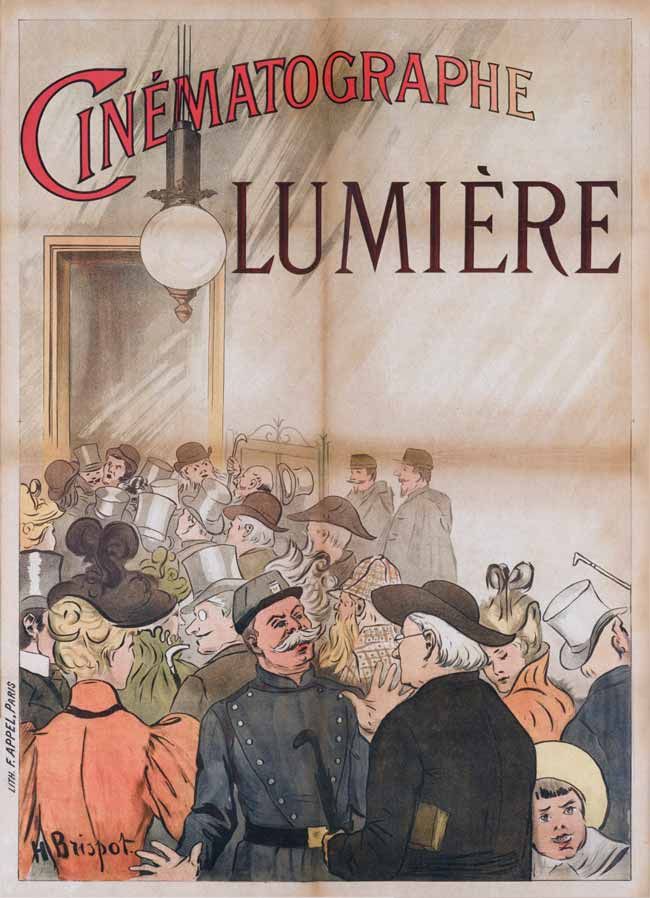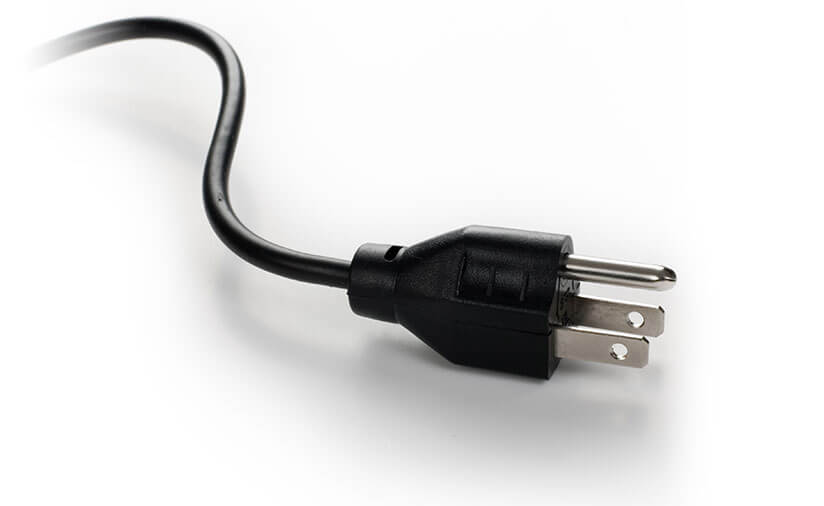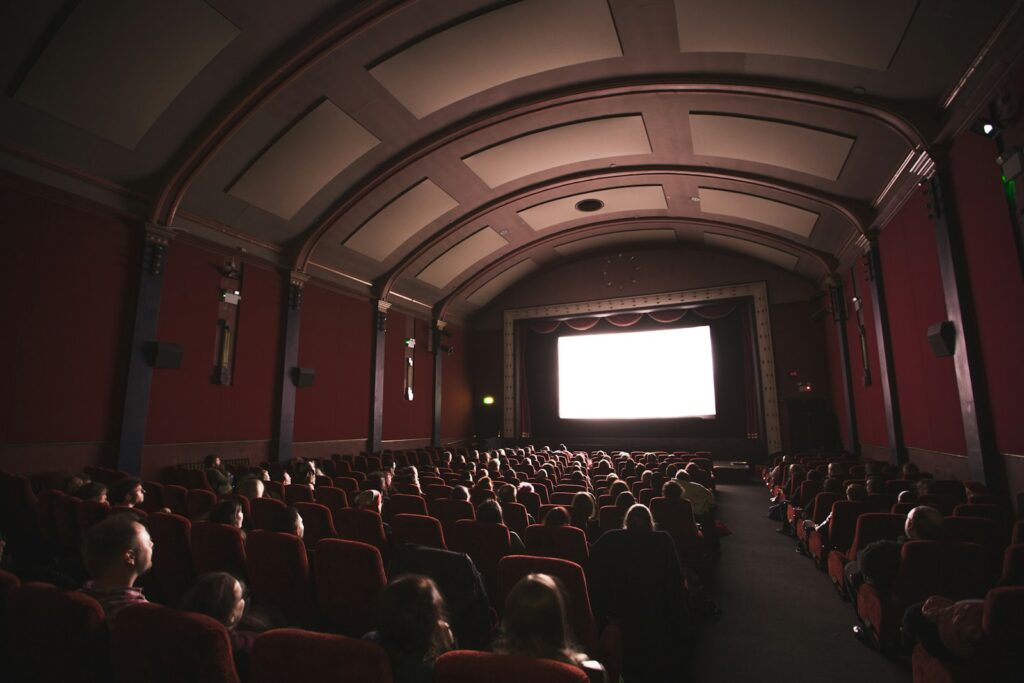
Since the nascent days of cinema, filmmakers have ceaselessly sought to captivate audiences, pushing the boundaries of what is visually and physically possible on screen. From the audacious silent era to the golden age of Hollywood and beyond, the pursuit of breathtaking spectacle has often hinged upon the extraordinary bravery, precision, and sometimes, unfortunate sacrifice, of professional daredevils. These aren’t merely fleeting moments of cinematic flair; they are meticulously planned, high-stakes endeavors that blend artistry with extreme physical risk.
The fascination with movie stunts lies in their inherent danger and the undeniable thrill of seeing real humans perform seemingly impossible feats. While digital trickery and CGI have revolutionized special effects, there remains an unyielding appreciation for practical stunts—sequences where actors or stunt performers genuinely tempt fate. This reliance on tangible risk not only grounds the cinematic experience in reality but also tells a profound story about human ingenuity and the relentless drive to entertain.
This article embarks on a comprehensive journey through some of the most perilous movie stunts ever conceived and executed, exploring the intricate stories behind their creation and the indelible mark they left on cinematic history. We will delve into the dedication of the individuals who risked life and limb, the meticulous planning required, and the moments when things went catastrophically wrong, forever altering the course of film production and, at times, lives. These are the narratives of courage, calculated risk, and the profound impact of physical storytelling.

1. **Melting the Wicked Witch of the West (“The Wizard of Oz”)**The iconic 1939 fantasy film, “The Wizard of Oz,” remains a beloved classic, remembered for its vibrant Technicolor and imaginative storytelling. Behind one of its most memorable sequences, however, lay a moment of genuine peril for actress Margaret Hamilton, who immortalized the role of the Wicked Witch of the West. Hamilton, a passionate admirer of L. Frank Baum’s books, joined the production during the Great Depression, seeking much-needed employment.
Her dedication to the role was evident, but the production’s ambition in visual effects pushed the boundaries of safety. The scene in question depicted the Wicked Witch vanishing in a dramatic puff of smoke and sparks, facilitated by pyrotechnics and a trap door. This effect, intended to be a seamless disappearance, tragically malfunctioned during filming.
As the pyrotechnics ignited around Hamilton, the trap door on which she was positioned failed to activate, leaving her enveloped in the fiery special effect. Crew members rushed to her aid, working frantically to extinguish the flames that had engulfed her witch costume. The incident resulted in severe third-degree burns to Hamilton’s face and hands, necessitating a prolonged recovery period.
This harrowing event serves as an early, stark reminder of the inherent dangers lurking within special effects, even those that seem routine by today’s standards. It underscores the physical risks actors and performers undertook in an era when safety protocols were still evolving, often in the shadow of tragic accidents, highlighting the cost of bringing cinematic magic to life.

2. **Oddjob’s Fatal Electrocution (“Goldfinger”)**“Goldfinger,” released in 1965, remains one of the most celebrated installments in the James Bond franchise, known for its charismatic villain and equally unforgettable henchman, Oddjob. Portrayed by actor Harold Sakata, Oddjob was the epitome of a ruthless enforcer, famously wielding a deadly, razor-edged bowler hat as his signature weapon, a prop so menacing it could decapitate statues.
The climactic confrontation between James Bond and Oddjob culminates in an electrifying, and in this context, literal, fashion. As 007 gains the upper hand, he dispatches the villain by tossing a live wire at him, simulating Oddjob’s fatal electrocution. This pivotal moment required pyrotechnic effects to convincingly portray the gruesome demise of the formidable henchman.
During the filming of this intense sequence, the pyrotechnics intended to simulate the electrocution had an unintended and dangerous effect. Actor Harold Sakata suffered severe burns when the special effects ignited his sleeve and injured his hand. Despite the injury, the scene was completed, leaving audiences with a memorable, albeit costly, visual depiction of Bond’s triumph.
This incident, much like the one involving Margaret Hamilton, illustrates the precarious nature of early special effects, where the quest for visual impact sometimes overshadowed comprehensive safety measures. It stands as another testament to the physical toll endured by performers in their dedication to cinematic realism, even for brief, yet impactful, moments on screen.
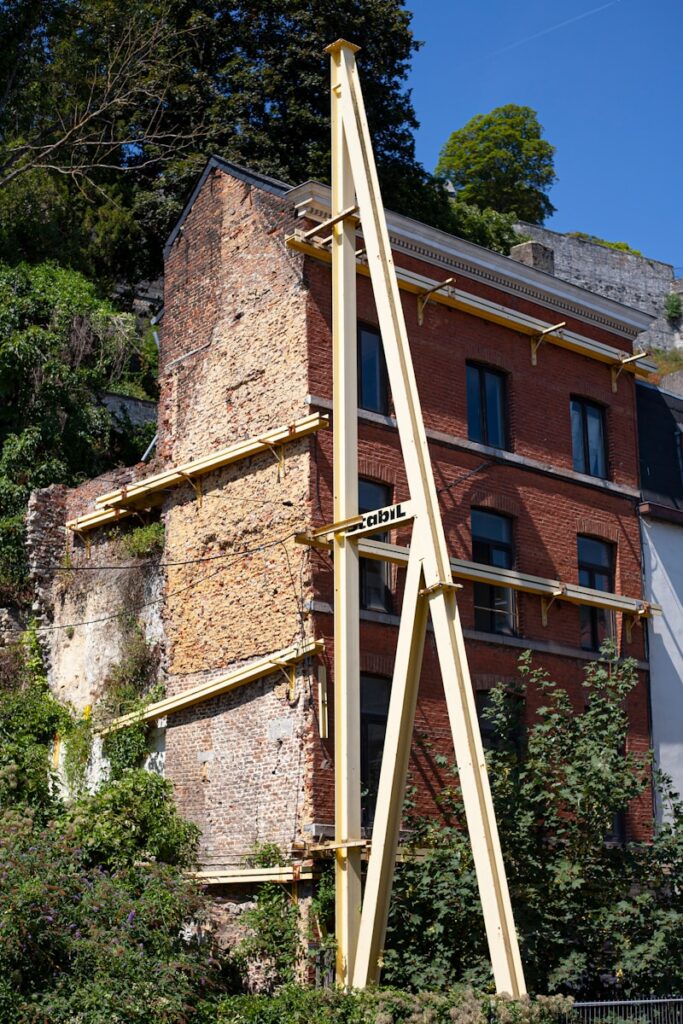
3. **Steamboat Bill Jr.’s Famous Tornado Scene (“Steamboat Bill Jr.”)**Buster Keaton, famously known as “The Great Stoneface,” was a titan of the silent film era, celebrated for his unparalleled physical comedy and audacious, meticulously choreographed stunts. His films are a masterclass in precision and timing, often placing himself in seemingly impossible, life-threatening situations without so much as a blink. In the 1928 classic “Steamboat Bill Jr.,” Keaton delivered arguably his most famous, and certainly one of his most perilous, stunts.
The stunt involved a two-ton house facade collapsing directly onto Keaton. The mathematical precision required was astounding: the second-floor window of the falling wall had to land perfectly around Keaton, leaving him unharmed within the frame of the opening. A miscalculation of mere inches in any direction would have resulted in catastrophic injury or even death.
The indelible image captured on film shows Keaton, facing the camera, appearing almost nonchalant as he casually scratches his neck, oblivious to the massive wall plummeting towards him. This moment of detached composure, juxtaposed with the immense danger, has cemented its place in cinematic lore. Nearly a century later, the tension and audacity of the stunt remain palpable, challenging modern viewers to comprehend its execution without digital assistance.
Keaton’s willingness to place himself in such extreme jeopardy, relying solely on meticulous planning and unerring accuracy, epitomizes the raw courage and innovative spirit of silent film stunt work. It is a powerful reminder of an era where genuine physical risk was often the only pathway to achieving truly breathtaking cinematic moments, solidifying Keaton’s legacy as a true daredevil artist.
4. **Clearing the Tracks—The General (1926)**Another monumental achievement in Buster Keaton’s illustrious career, “The General” (1926), stands as a testament to his inventive genius and willingness to tackle complex physical challenges. While the film is also renowned for its incredibly expensive train destruction sequence, an arguably even more impressive display of Keaton’s personal daring can be found within the same feature, showcasing his unique blend of athleticism and comedic timing.
This particular stunt unfolds with Keaton positioned precariously on the cow-catcher of a moving train. The challenge involved not just riding the train, but actively clearing obstructions from its path. With a remarkable display of dexterity and timing, Keaton first removes a substantial wooden beam directly from the oncoming tracks.
What makes this stunt truly extraordinary is the subsequent action: while still clinging to the speeding train, Keaton precisely tosses the first beam. This thrown beam then miraculously bounces off a second obstruction, effectively clearing the tracks ahead. The multi-stage nature of this maneuver, all performed with split-second accuracy and without the aid of safety nets or wires, is astonishing.
“The General” stunt is a masterclass in practical effects and physical performance. It underscores Keaton’s absolute command over his body and environment, transforming potential disaster into a moment of cinematic brilliance. This intricate, high-stakes sequence exemplifies the creative ingenuity and physical bravery that defined Keaton’s enduring contribution to film history, inspiring generations of filmmakers and stunt performers alike.

5. **Jackie Chan Walking Across Hot Coals (“The Legend of Drunken Master”)**Jackie Chan has carved an indelible niche in cinematic history, celebrated for his unparalleled blend of martial arts, comedic timing, and most notably, his insistence on performing his own, often excruciatingly painful, stunts. His career is punctuated by a litany of broken bones and injuries, a testament to his relentless pursuit of authenticity and spectacle. True Chan aficionados eagerly await the closing credits of his films, knowing they will be treated to outtakes of the kung-fu master enduring real pain during botched stunt attempts.
One such vivid example of Chan’s extreme dedication occurred during the filming of “The Legend of Drunken Master,” released in 1994. In a scene designed to showcase a particular level of physical endurance or perhaps spiritual fortitude, Chan actually crawled across a bed of real hot coals. The question of whether fake coals were available becomes almost rhetorical given Chan’s notorious approach to stunt work.
Remarkably, after completing the arduous crawl, Chan was reportedly not entirely satisfied with how the scene looked on camera. Driven by his perfectionism and an unwavering commitment to his art, he got back down onto all fours and repeated the scorching feat. This decision to endure the intense pain twice over exemplifies the extraordinary lengths Chan has consistently gone to for his craft, cementing his reputation for unparalleled commitment.
This stunt, while seemingly simple in concept, powerfully illustrates the axiom that one must suffer for their art. Chan’s willingness to inflict real physical pain upon himself for the sake of a more convincing cinematic moment is a hallmark of his career, establishing a benchmark for raw, unvarnished action that few, if any, can match. It is a profound demonstration of an artist’s unwavering dedication to their vision, irrespective of the personal cost.
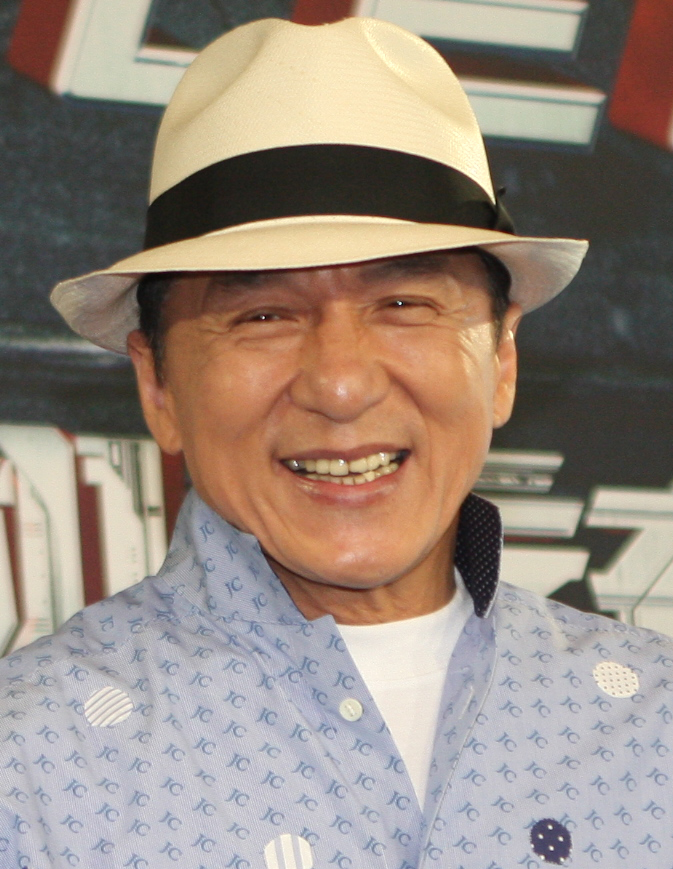
6. **Jackie Chan Hanging From a Clock Face and Letting Go (“Project A”)**Decades after Harold Lloyd famously dangled precariously from a giant clock face in the 1923 silent classic “Safety Last!” — a feat partially achieved through ingenious trick photography — Jackie Chan once again stepped into the arena of cinematic homage, but with a crucial difference. In his 1983 film “Project A,” Chan not only paid tribute to the silent screen legend but boldly endeavored to one-up him, eschewing cheated angles and special effects for raw, physical daring.
In a breathtaking sequence, Chan recreated the iconic clock face stunt, but this time, he genuinely hung hundreds of feet in the air from the colossal clock. The sheer height alone presented an immense psychological and physical challenge. However, Chan’s ambition extended beyond merely hanging; the stunt culminated with him letting go, plummeting several stories below in a controlled, yet incredibly dangerous, fall.
The consequences of this audacious act were severe. Chan landed directly on his head, sustaining a damaged spine. This injury was not an isolated incident but rather one in a long series of physical tolls his body endured throughout his career. Despite the immense pain and the serious nature of his injuries, Chan continued to perform his own death-defying stunts for nearly three more decades, eventually reducing his involvement in the most dangerous physical acts by 2012, when, as the narrative suggests, his body finally demanded a respite.
This particular stunt in “Project A” is a powerful illustration of Jackie Chan’s philosophy: to deliver unparalleled action authenticity, even at the risk of profound personal injury. It not only honored a cinematic predecessor but redefined the boundaries of practical stunt work, showcasing a relentless pursuit of realism that often came at an extraordinary personal price, distinguishing him as an unparalleled force in action cinema.

7. **Indiana Jones Being Dragged Behind a Truck (“Raiders of the Lost Ark”)**The monumental success of “Raiders of the Lost Ark,” released in 1981, can be attributed in part to Steven Spielberg and George Lucas’s shared childhood nostalgia for thrilling Saturday matinee serials. Their vision for Indiana Jones was to create a larger-than-life adventure, populated with derring-do and pulse-pounding action, all while prioritizing a sense of tangible realism that would elicit the same gasps they experienced as children.
A standout sequence, both for its intensity and the physical demands it placed on its stars and stunt team, depicts Indiana Jones (portrayed by Harrison Ford) being dragged behind a speeding truck. This truck, laden with the fabled Ark of the Covenant, becomes the focal point of a desperate chase, showcasing Indy’s unwavering determination to recover the artifact. The scene is visceral, a blur of dust, speed, and peril.
In a testament to his dedication, Harrison Ford himself performed many of the shots where Indy is being towed behind the vehicle, reportedly bruising several ribs in the process. However, the most perilous and technically demanding moments of the stunt were skillfully handled by veteran stuntman Terry Leonard. Leonard’s expertise was crucial in orchestrating the diciest sections, ensuring the sequence’s authenticity while managing the extreme risks involved.
Adding a touch of cinematic humor, and an insider’s nod, Terry Leonard can be seen in a subsequent scene playing the truck’s Nazi driver, whom Indy unceremoniously dispatches into the dust. This iconic truck-dragging sequence exemplifies the collaborative spirit between leading actors and skilled stunt professionals. It delivered a high-impact, physically demanding spectacle that not only thrilled contemporary audiences but has remained one of the most celebrated and analyzed action sequences in film history, establishing a high bar for adventure filmmaking.” , “_words_section1”: “1948
Since the dawn of cinema, the allure of the impossible has driven filmmakers to ever-greater feats of physical spectacle. As we transition from the foundational dangers of early filmmaking, we witness a new era of stunt work, characterized by escalating ambition, cutting-edge logistical planning, and a persistent, often breathtaking, human element of danger. These modern epoch-making stunts, frequently blurring the lines between practical effects and digital enhancement, continue to redefine what audiences perceive as possible on screen, cementing the legacies of both the performers and the productions that dared to dream bigger.
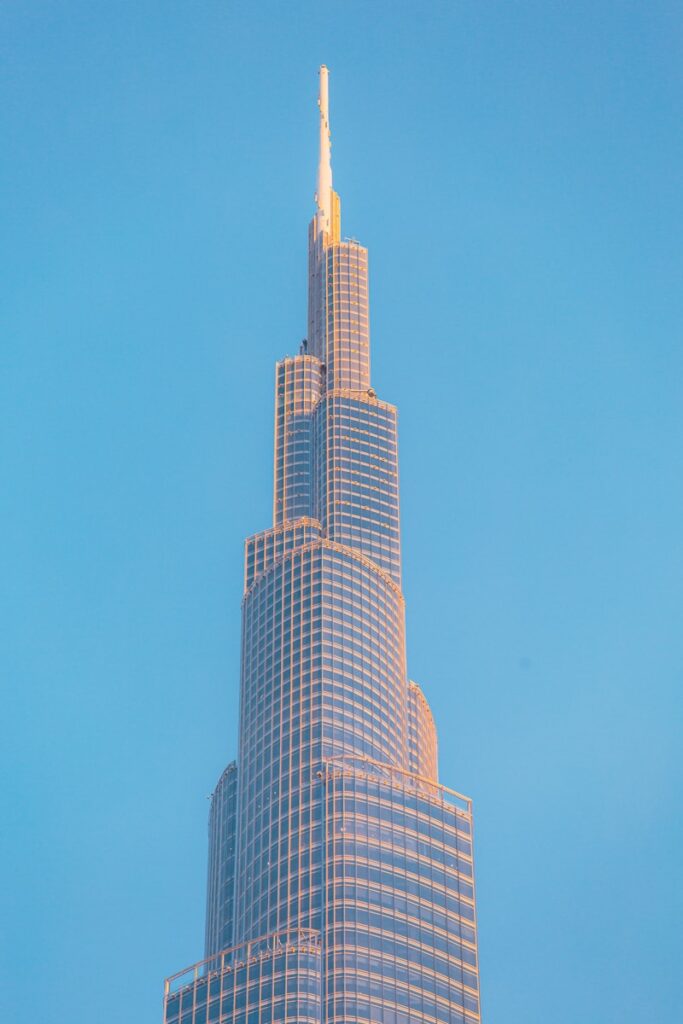
8. **Tom Cruise Running Down the Side of Dubai’s Burj Khalifa**Tom Cruise has become synonymous with pushing the boundaries of practical stunt work, and his turn as Ethan Hunt in ‘Mission Impossible: Ghost Protocol,’ released in 2011, stands as a monumental example. For a key sequence, Cruise, then nearly 50 years old, undertook the unprecedented feat of running vertically down the exterior of the Burj Khalifa in Dubai, the world’s tallest building. This wasn’t a cleverly disguised green screen moment; it was the actor himself, suspended hundreds of feet above the ground, executing a truly gravity-defying performance.
The logistical challenges were immense, involving specialized harnesses and extensive safety rigging that were later digitally erased to preserve the illusion of a man free-climbing a skyscraper. The sheer scale of the building, towering over 2,700 feet, added an unparalleled sense of vertigo and danger to the stunt. Cruise’s insistence on performing these actions himself is a hallmark of his filmmaking philosophy, aiming to immerse the audience in a palpable reality that CGI alone cannot replicate.
The story circulating from the production details how the film’s original underwriter initially balked at the extreme risk involved, prompting Cruise, who also produced the film, to replace them to ensure the stunt could proceed. This unyielding commitment to practical effects, even at such staggering heights, not only cemented ‘Ghost Protocol’ as a landmark action film but also solidified Cruise’s reputation as one of Hollywood’s most fearless and dedicated stars, inspiring awe and a fair share of nervous glances from audiences worldwide.
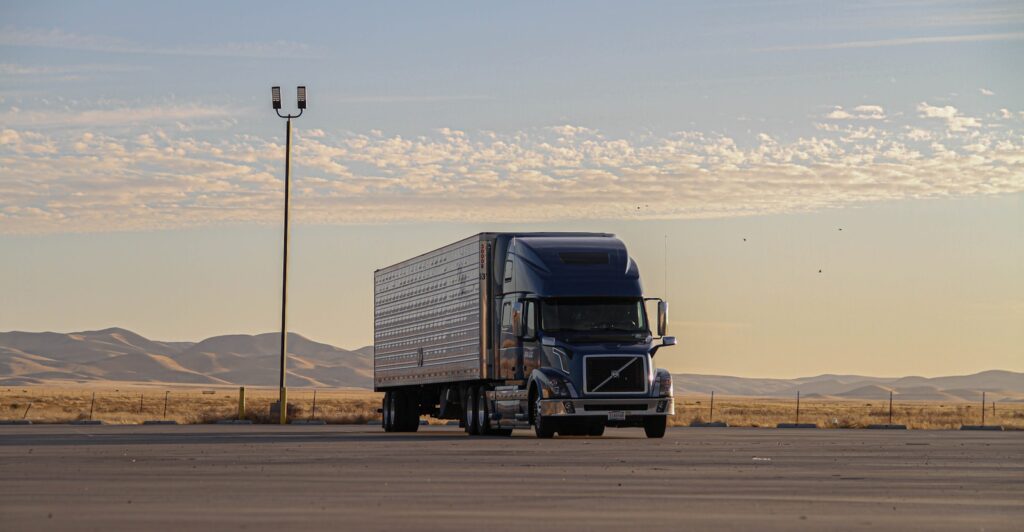
9. **Flipping the Joker’s Truck Over**Christopher Nolan’s ‘The Dark Knight,’ released in 2008, redefined the superhero genre with its gritty realism and commitment to practical effects. Among its most memorable sequences is the climactic chase through Gotham City, which culminated in a full-scale 18-wheeler truck being flipped end-over-end in the streets of Chicago, which doubled for Gotham. This was not a digital recreation, but a genuine, meticulously orchestrated physical stunt.
The sequence saw the Joker, portrayed by Heath Ledger, pursuing Harvey Dent, with Batman ultimately intervening by attaching the big rig to the street with super cables. The resulting cartwheel of the massive vehicle was achieved in one continuous take, with stuntman Jim Wilkey at the controls. This audacious maneuver required precise timing and engineering, as there was only a single opportunity to execute it correctly.
Witnessing a truck of that size perform such a dramatic flip in a real urban environment was a testament to the ingenuity of Nolan’s crew. The sheer destructive power and realism of the scene left an indelible mark on audiences, reinforcing the film’s grounded aesthetic and its commitment to making the fantastical feel utterly tangible. Thankfully, Wilkey emerged unscathed, adding another legendary moment to the annals of cinema.

10. **Tom Cruise Attaching Himself to the Side of an Airplane**Demonstrating a relentless pursuit of escalating thrills, Tom Cruise once again outdid himself in ‘Mission: Impossible – Rogue Nation,’ released in 2015, just four years after his Burj Khalifa climb. For the film’s opening sequence, Cruise’s character, Ethan Hunt, is seen clinging to the side of an Airbus A400M military transport plane as it takes off and ascends into the skies over England. This was, incredibly, Cruise himself, strapped to the aircraft at 52 years old.
The logistics of this stunt were complex, involving a specially designed harness system and requiring Cruise to endure incredible wind speeds and frigid temperatures at altitude. Special contact lenses were necessary for him to keep his eyes open, as the natural forces at play would have made it impossible otherwise. The scene was filmed a remarkable eight times to achieve the perfect shot, highlighting the demanding nature of such practical effects.
This particular stunt became instantly iconic, a bold statement about the lengths to which modern action cinema can go when a star is willing to embody the extreme physical risk. It stands as a powerful testament to the blend of meticulous planning, cutting-edge safety measures, and sheer human courage required to create truly unforgettable cinematic moments, reinforcing Cruise’s reputation as a peerless action hero committed to unparalleled authenticity.
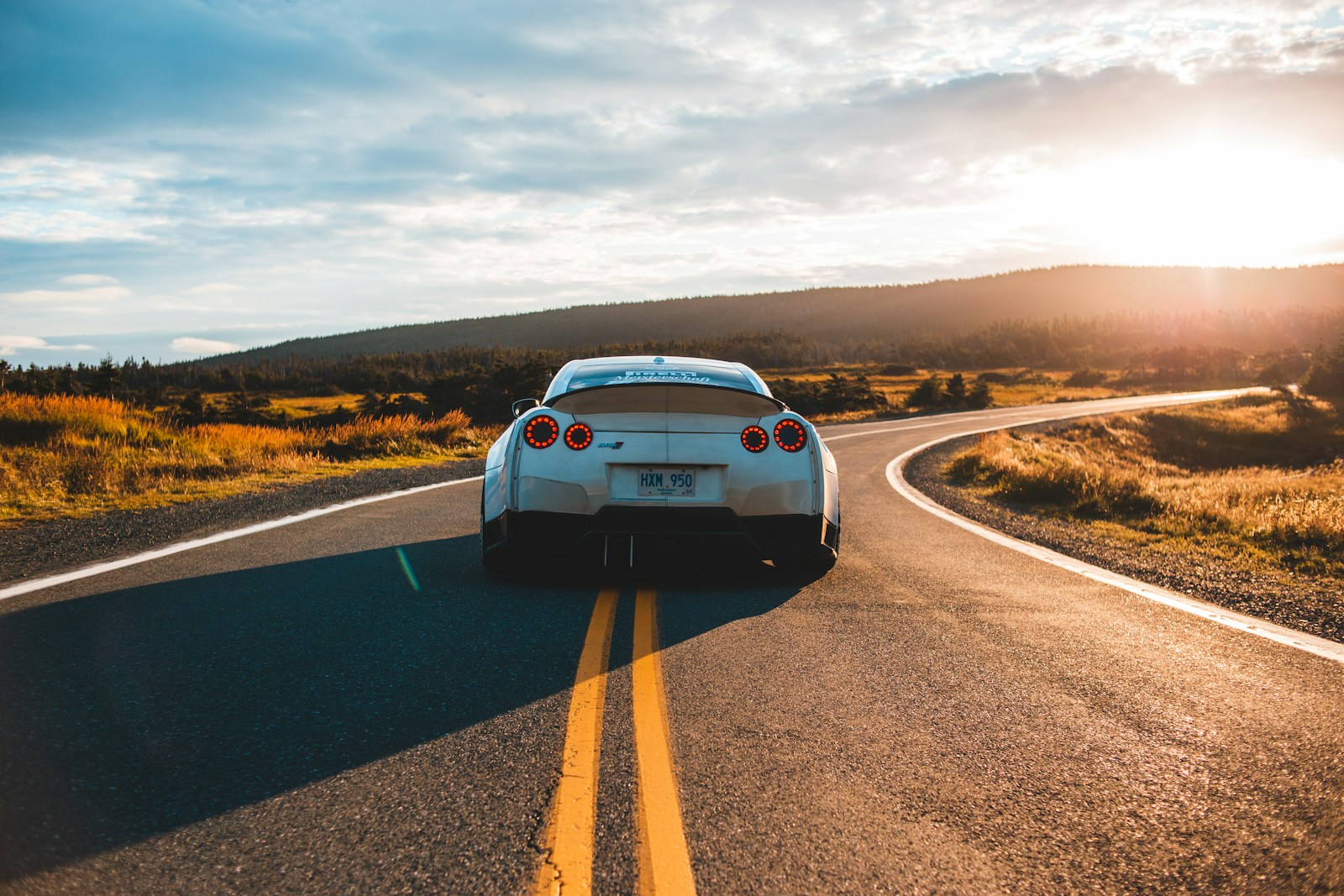
11. **Zoe Bell Hanging Onto the Hood of a Car**Quentin Tarantino’s 2007 film ‘Death Proof,’ part of the ‘Grindhouse’ double feature, offered a gritty, vintage aesthetic that celebrated practical effects and raw stunt work. New Zealand stuntwoman Zoë Bell, who had previously doubled for Uma Thurman in Tarantino’s ‘Kill Bill’ films, took center stage in a profoundly dangerous sequence, essentially playing herself as a thrill-seeking character. The scene involved Bell precariously hanging onto the hood of a 1970 Dodge Challenger.
The stunt unfolds as Bell’s character, in pursuit of an adrenaline rush, rides the hood of her friends’ car, only for the situation to turn into a terrifying chase when Kurt Russell’s homicidal ‘Stuntman Mike’ attempts to run them off the road. The entire sequence was filmed practically, with Bell genuinely clinging to the vehicle as it sped at high velocity, reaching speeds of up to 70 mph. Her vulnerability and the palpable fear she conveys are undeniably real, born from the genuine danger of the situation.
This commitment to practical, unadulterated stunt work is a hallmark of Tarantino’s approach and Bell’s exceptional skill. The scene tested her physical and emotional limits, blurring the lines between acting and actual peril. It is a powerful illustration of how practical stunts, devoid of digital manipulation, can create an unparalleled sense of tension and immediacy, drawing the audience directly into the visceral experience of the characters.
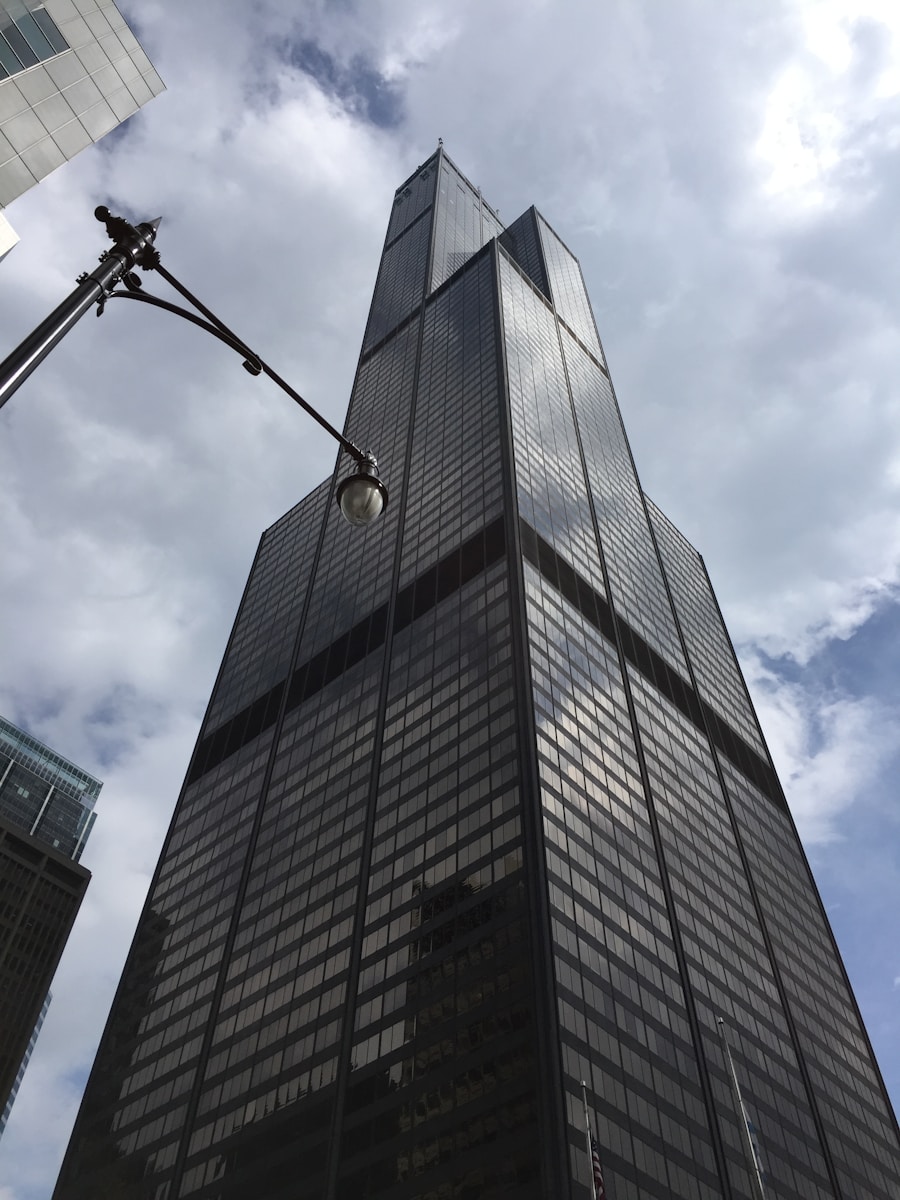
12. **Jumping From Chicago’s Willis Tower**The third installment of the ‘Transformers’ franchise, ‘Transformers: Dark of the Moon,’ released in 2011, brought large-scale destruction and high-flying action to the heart of Chicago. Among its many ambitious sequences was a truly perilous stunt involving wingsuit flying from the iconic Willis Tower, an undertaking that pushed the boundaries of extreme sports into the realm of cinematic spectacle.
Wingsuiting is an extreme sport typically performed from thousands of feet in the air, allowing ample time for the wearer to ‘fly’ before deploying a parachute. However, for ‘Dark of the Moon,’ the stunt required daredevils to jump from the Willis Tower, which stands at less than 2,000 feet. This significantly reduced the freefall time, demanding extraordinary precision and split-second decision-making from the stunt performers.
The performers had only a few brief seconds of freefall before they absolutely had to pull their parachutes, lest they face catastrophic impact on the busy streets of South Wacker Drive below. This particular sequence highlights the convergence of extreme athleticism and specialized stunt coordination, pushing the limits of what can be achieved practically for film, showcasing a different kind of ‘flying’ than previously seen, fraught with inherent, immediate danger.
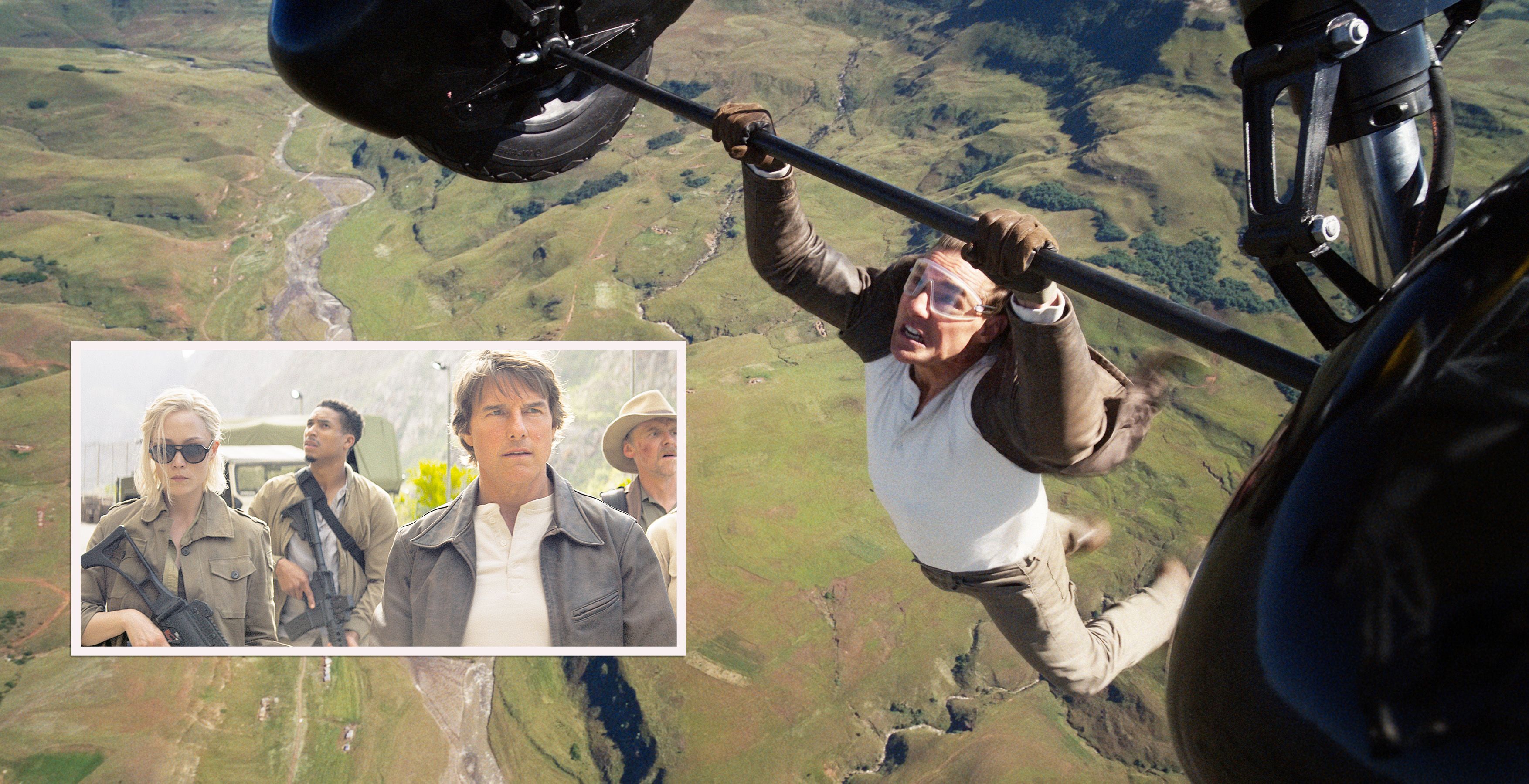
13. **Tom Cruise Hanging From and Piloting a Helicopter**Tom Cruise’s dedication to his craft reached new heights, quite literally, in ‘Mission: Impossible – Fallout,’ released in 2018. After running down skyscrapers and clinging to planes, Cruise sought to pilot a helicopter for the film’s climactic sequence, a feat that demanded not only immense courage but also rigorous training over several years to acquire the necessary flight skills.
The sequence featured Cruise not only performing aerial maneuvers but also hanging precariously from the helicopter itself, combining two highly dangerous elements into one breathtaking spectacle. Multiple cameras captured these moments from various angles, definitively proving that it was indeed Cruise in the pilot’s seat and performing the physically demanding hanging stunt, rather than a double or digital trickery.
This remarkable stunt underscored Cruise’s commitment to delivering unparalleled authenticity and pushing the boundaries of what is expected from a leading actor in an action film. It serves as a powerful demonstration of the blend of extensive preparation, personal risk, and logistical mastery that defines modern epoch-making stunts, leaving audiences in no doubt about the tangible peril involved and the actor’s profound dedication to his art.
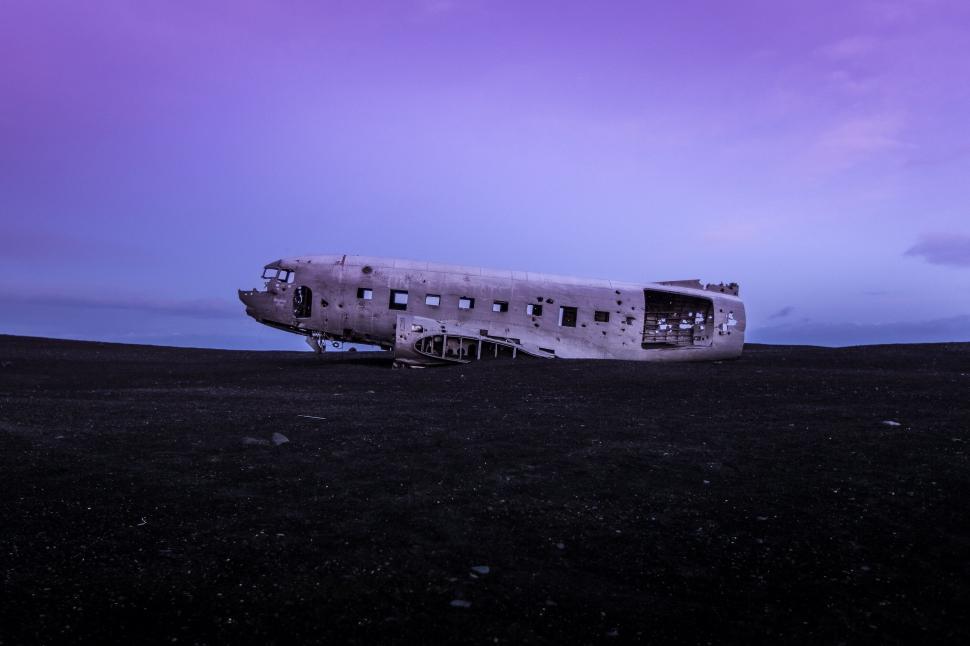
14. **Bane’s Plane Hijack**Director Christopher Nolan, renowned for his preference for practical effects, opened ‘The Dark Knight Rises,’ released in 2012, with an audacious midair plane-to-plane hijack sequence that was executed largely without CGI. The scene, set against the dramatic backdrop of the skies above Scotland, involved Bane’s goons orchestrating a daring rescue, attaching his getaway plane to a CIA prison plane, causing the latter to tilt vertically in midair.
This complex stunt required several days of meticulous planning and execution, involving two actual planes performing the harrowing maneuvers. The verisimilitude of the tilting aircraft and the mid-air transfer was achieved through the precise coordination of expert pilots and stunt teams. When the script called for the destruction of the prison plane, a real prop version was used, with stunt performers dropping onto it to capture the visceral impact of its demise.
The sequence perfectly encapsulated Nolan’s vision for the film: grounded realism merged with epic scale. While one quick shot of the ‘bad-guy pilot’ led to playful rumors about a certain Hollywood star, the true stars of this scene were the pilots and stunt professionals who defied gravity and conventional filmmaking to create a truly epoch-making aerial spectacle, demonstrating the enduring power of practical effects in modern blockbusters.
These contemporary feats of cinematic derring-do, from the dizzying heights of the Burj Khalifa to the intricate ballet of mid-air plane hijacks, stand as a testament to the unyielding human spirit of innovation and bravery. They remind us that even in an age of advanced digital effects, there remains an unshakeable reverence for the tangible, for the moments when real individuals defy the odds, creating visceral, unforgettable spectacles that captivate and thrill audiences worldwide. The dedication, the meticulous planning, and the sheer nerve required to bring these moments to life ensure that the most dangerous stunts ever filmed will continue to be discussed, admired, and forever etched into the grand tapestry of cinematic history, proving that the human element of danger remains cinema’s most potent magic.

